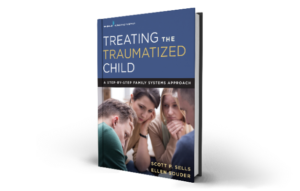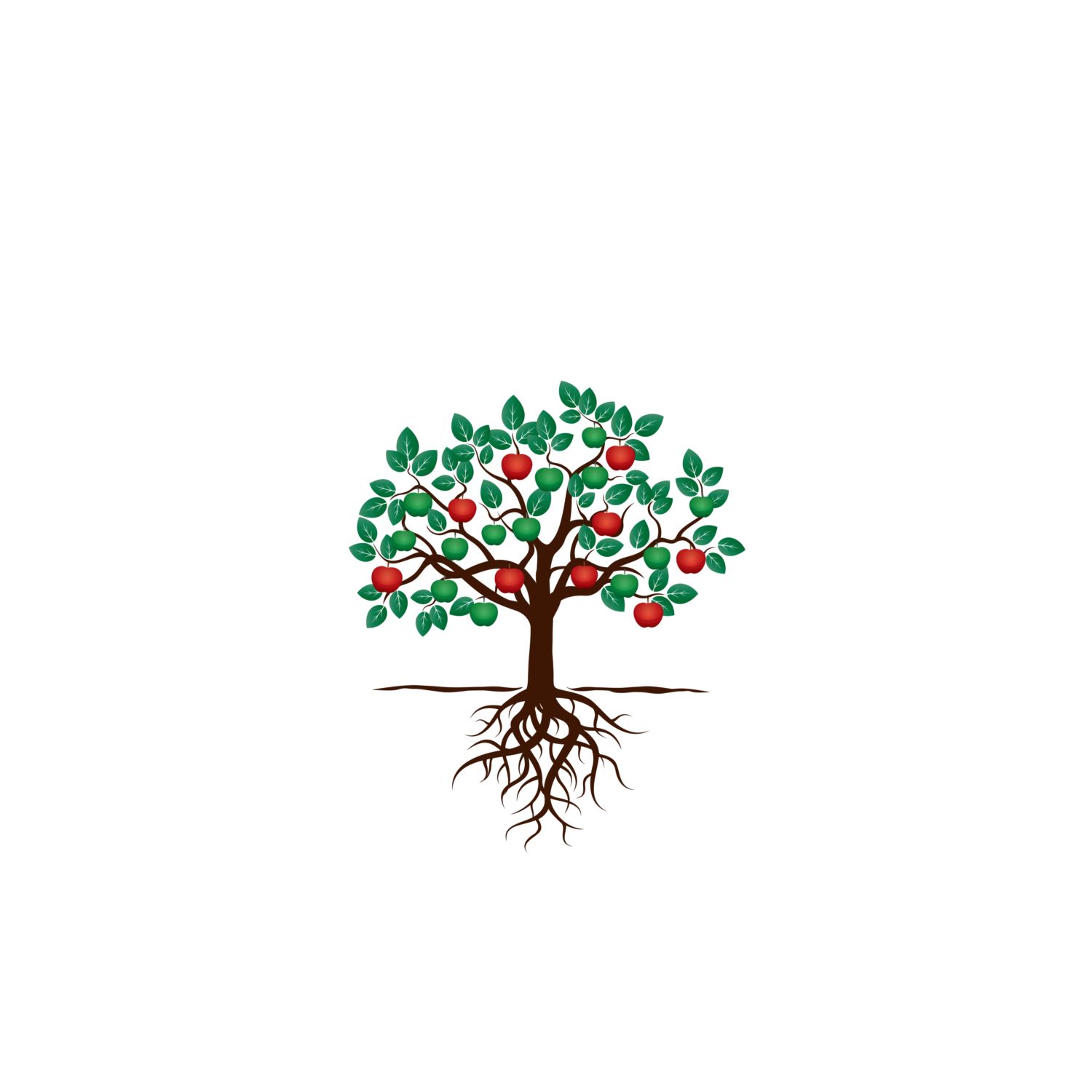We Have to Get Out Of the Weeds
Weeds return when roots are not pulled. In the same way, our clients’ traumatic symptoms (the weeds) return when we fail to identify and treat the root causes. When this happens, our traumatized children and families in family trauma treatment experience first order change or change that is not permanent.
As soon as family trauma treatment ends, the psychotropic medication wears off, the stress returns and the traumatic symptoms reoccur in the form of relapse. However, when the FST therapist quickly locates the root causes of the client’s symptoms, second-order or permanent change takes place.
For example, the root cause of a child who self-harms may be unresolved grief over the unexpected death of a parent. In turn, if this grief is addressed, the symptoms will heal permanently (second-order change). If not, the traumatic symptoms will continue to return.
The FST Seed Tree Technique
In response to this challenge, the Family Trauma Institute trains mental health professionals to use the FST-SEED-TREE-DIAGRAM-TECHNIQUE during intake and assessment sessions.
The FST trauma therapist draws an Apple Tree on a flip chart or dry easer board below an FST Stress Chart. The apples of the tree represent the top stressors/symptoms that the identified client or problem child is experiencing (this same apple tree process can be adapted for individuals or couples). These apples represent the weeds or what the family or trauma therapist can see with the naked eye.
In the example below, the family used the FST Stress Chart to identify that 14-year-old AJ showed the following problem stressors/symptoms:
- Disrespect
- Poor school performance (failing grades)
- Lack of trust (lying and poor choices of friends)
- Pornography (using iPhone and computer to access pornography)
FST-SEED-TREE-DIAGRAM-TECHNIQUE
The FST trauma therapist transfers the problems that the family members identified on their stress chart and writes them down, one at a time, on each apple. The therapist then uses the following transition statement:
These apples [point to them on the flip chart] represent the stressors in your family. These are also called symptoms [write label “stressors/symptoms” and then draw an arrow from that label to the apples]. Like the tree’s apples, I can see your stressors or symptoms with my naked eye. If I came over to your house, I could see AJ struggling with problems of disrespect, poor school performance, lack of trust, and pornography.
The stressors, labeled as “apples”, have roots causes. These roots are what we label as “unhealthy undercurrents”. They produce one of five toxic seeds (misuse of power, unhealed wounds, mental or physical impairment, and/or unmet primal needs).
These toxic seeds and unhealthy undercurrents are beneath the soil and unseen to the naked eye. [Point to seeds on diagram on flip chart.] These toxic seeds and unhealthy undercurrents are the root causes of your child’s problems (apples on your family tree).
Right now, our job is to be like detectives. Together, we need to find out which of these four seeds is causing your stress or your child’s problem symptoms. It may be one seed or all four. After I give you the definition of each seed and its associated unhealthy undercurrents, each of you will be asked to pick your top two toxic seeds.
You will be asked to pick your seeds privately and then I will go around the room and ask each of you to tell us which seeds you picked and why. The reason this is so important is that if we find the root causes, we can solve the problems quickly.
We will know where to tap and heal your child’s problems on the root level instead of just pulling weeds that will only grow back again.
The Traumatized Family Are Co-Collaborators
Traumatized families love this technique and transition statement because family members become co-collaborators with the therapist. They help connect the dots as to how and why their child’s problems are like weeds that need be healed at the root level. In addition, the process mirrors Michael White’s technique of externalizing the problem.
In this case, the problem and blame instantly shift externally from the the parent worldview of “just fix my child” with individual therapy to a systematic worldview of “we all have to change to heal the toxic seed(s) and unhealthy undercurrent(s) that are causing our child’s problems.” The identified problem child is visibly relieved. The problem focus is not solely on the child; it has expanded to the immediate and extended family.
Next Steps

After the transition statement, the therapist provides each family member with a Toxic Seed Handout. Table 1 illustrates an example of this handout using the unhealed wounds toxic seed and associated unhealthy and healthy undercurrents. Chapter Five of Treating the Traumatized Child: A Step-by-Step Family Systems Approach outlines a detailed definition of each of the five toxic seeds and the specific steps of how to implement the FST Seed Tree Technique.
View the Unhealed Wounds Toxic Seed and Undercurrents Table
After the therapist explains each toxic seed and its undercurrents, each family member is asked to select the top two toxic seeds and undercurrents that support their selection for that particular toxic seed(s). After each family member states their picks, the therapist draws their toxic seed and undercurrent selection along with the top two problems to address.
The therapist sets goals of family trauma treatment around the toxic seed, undercurrent, and problem selections. Future sessions focus on how to insert the missing healthy undercurrent back into the traumatized family to heal the root cause of the child or adolescent’s problem symptoms.
For example, if the FST seed tree diagram led the family and therapist toward the selection of unhealed wounds, the unhealthy undercurrent selected could be a lack of consistent nurturance. Future sessions would then feature the application of nurturance by using a FST Trauma Playbook.
In this example, the healthy undercurrent would be unconditional love or consistent nurturance. The therapist develops a FST Trauma Playbook to help the family attain the healthy undercurrent. In this way, the trauma therapist uses the FST seed tree technique as a road map to locate the root causes that are causing the child’s problem symptoms. Root work, not just weed work, then becomes a family trauma treatment reality.
About the author
Scott P. Sells, PhD, MSW, LCSW, LMFT, is the author of three books, Treating the Tough Adolescent: A Family-Based, Step-by-Step Guide(1998), Parenting Your Out-of-Control Teenager: 7 Steps to Reestablish Authority and Reclaim Love(2001), and Treating the Traumatized Child: A Step-by-Step Family Systems Approach(2017). He can be contacted at spsells@familytrauma.comor through LinkedIn.


Hope you enjoyed this technique
love it, is there a book, I am a therapist in OK dealing with trauma victims which led them to substance abuse.
Hi, Bob, yes there is a book. Find it here: https://www.amazon.com/Treating-Traumatized-Child-Step-Step/dp/0826171877
Thank you for visiting and reading the article.